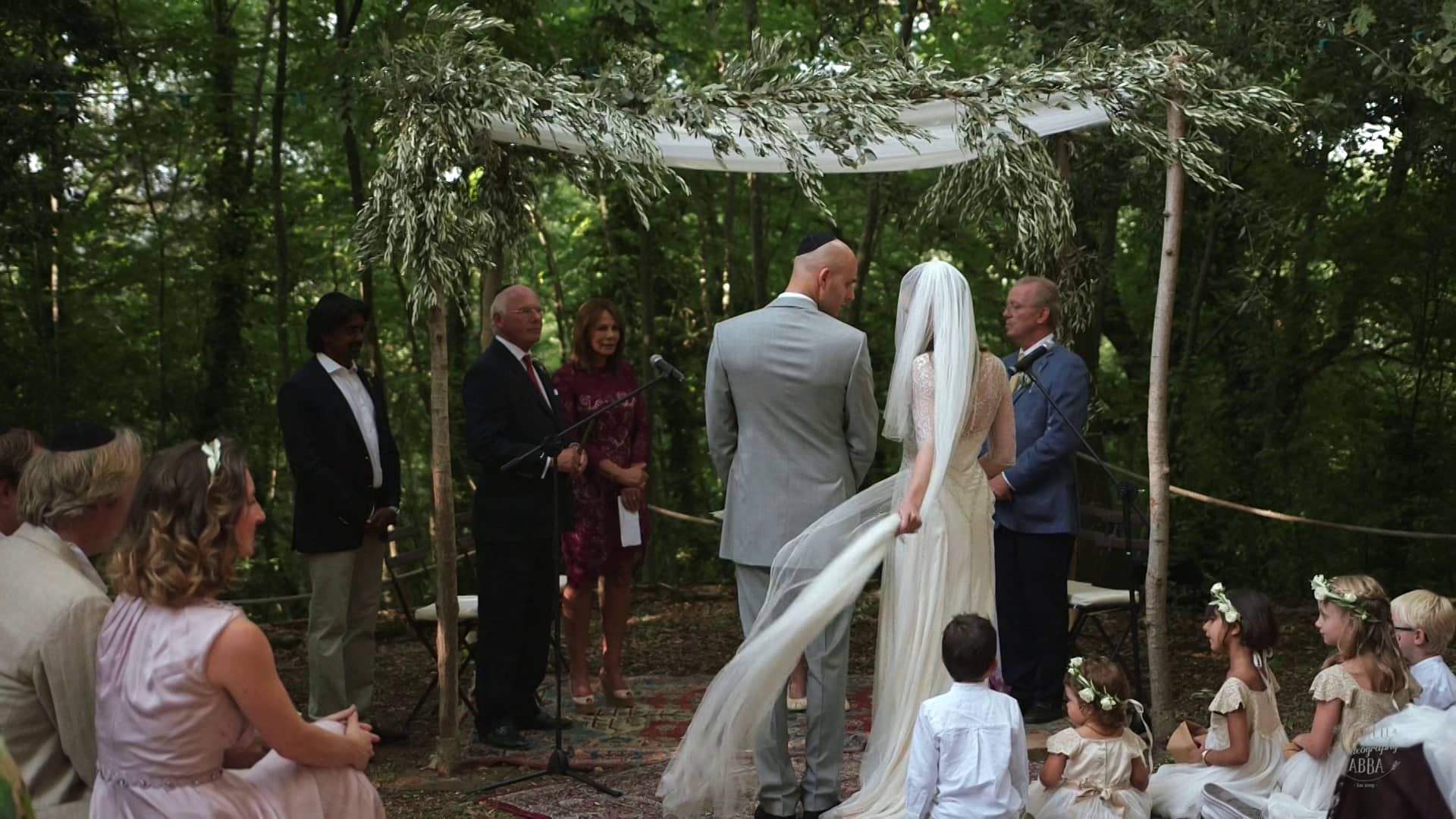
A Jewish Wedding in Tuscany, Italy
Today we tell the story of A Jewish Wedding in Tuscany, Italy
A Jewish Wedding in Tuscany, Italy
I have organized several Jewish weddings here in our beautiful Tuscany. They are wonderful ceremonies, being rich in the symbolism of the Jewish faith and traditions, and are quite different from any other weddings.
The first time I as very confused. I didn’t know what a “chuppah” was! I started doing some research on Google to find out how to create a chuppah and to discover its meaning.
I realized soon that the Jewish ceremony is one of the most stunning and evocative wedding ceremonies in the world.
If you are planning to hold your Jewish wedding in our beautiful Tuscany, please be aware that now we are familiar with all (or almost) of the Jewish traditions! Thus, now I can tell to my readers how traditional Jewish wedding ceremonies look like…
The chuppah (wedding canopy) is the house that the “kallah” (bride) and the “chatan” (groom) are going to build together, and it also symbolizes the “Shekhinah”, or the eternal presence of God.
At BeA Alfresco we will create a unique chuppah for you by discussing in depth which type of chuppah you prefer; and whether it will represent Nature in the form of trees or flowers, Judaic verses and symbols, and the names of the bridal couple. The choice of fabric is also very important, especially if you want to embellish the chuppah with embroidery, applique or quilting. You could also incorporate the colors of your wedding theme to make a stunning display. The chuppah is an important part of the ceremony and will be on view throughout because the front poles are taller than the back poles, allowing the congregation to view the entire design. Many couples choose to keep their chuppah for future generations, or to display as a wall hanging in their home.
Of course, you may prefer a wooden chuppah for your outdoor ceremony – which is also an option that we at BeA Alfresco can help you design. We are aware of the Ashkenazi custom of having the chuppah ceremony outside, while Sephardim usually have the chuppah indoors.
Before a traditional Jewish ceremony, as on Yom Kippur, both the kallah and chatan fast (in this case, from dawn until after the completion of the marriage ceremony). And at the ceremony, the chatan wears a kittel, the traditional white robe worn on Yom Kippur. Usually, the kallah and chatan don’t see each other for a week before the wedding, which allows both bride and groom to indulge in separate activities with their families and friends. Preceding the ceremony they greet their guests separately – this is known as “Kabbalat Panim” – and the kallah will be seated on a special chair, or throne as she receives her guests, while the chatan’s friends surround him and sing.
This is when at an Ashkenazi wedding the mother of the bride and the mother of the groom stand and break a plate together. This shows how serious the commitment is; as a plate can never be entirely repaired, a broken relationship can never be entirely repaired.
Afterwards, the chatan veils the kallah during the part of the ceremony known as the “Badeken”. The veil symbolizes modesty and the fact that the soul and character of the bride is more important than physical beauty. By doing this the groom commits to protect and provide clothing for his wife.
The kallah then follows the chatan, and they are escorted to the chuppah by their parents. At this point, the customs of each sect differ, but you can be assured that we at BeA Alfresco are aware of this and will follow your traditions carefully.
I discovered that a Jewish wedding is composed of two stages; the “Kiddushin” which is the dedication, and the “Nissuin”, the marriage ceremony itself. The Nissuin is the point in time when the couple begin their life together. I also learned that different Jewish sects have different customs regarding the “yichud”, when the bride and groom are left in a private area for several minutes; so this must be carefully addressed, along with other customs, when we are planning a Jewish ceremony.
During the Kiddushin, or blessing, two cups of wine are used – one is drunk by the couple after the rabbi has recited the blessing and sanctified their union. The second is used after the Seven Blessings. The marriage is considered to be official when the chatan gives his bride something of value; usually a simple gold ring, and states his vow of betrothal. At this point the couple is officially married.
Traditionally, the “Ketubah” or marriage contract is read between the Kiddushin (betrothal) and the Nissuin (marriage). The Ketubah must be signed by the couple in front of two witnesses, and it is traditionally read aloud. The Ketubah states the marital obligations of the bridal couple to each other, and is a legally binding document. Often designed as a highly decorative manuscript, it is often framed to be hung in the couple’s home.
We have all seen the breaking of the glass at the end of a Jewish wedding ceremony; this is done by Sephardim. In an Ashkenazi ceremony the glass is broken earlier, before the reading of the Ketubah.
Following the ceremony the couple and their guests enjoy the Seudah, or wedding meal, which will follow Jewish tradition. This, like any other wedding celebration includes music, dancing and toasts of, “Mazel tov!”

No Comments